We Happy Few, the survival horror/action RPG hybrid game was formally released last week on multiple platforms after its soft launch on PC early access in 2016. Developer, Compulsion Games has gone through several avenues to get the game in the mass public’s hands including crowdfunding through Kickstarter and a publishing deal with Gearbox Software (the studio behind Borderlands and Aliens: Colonial Marines). What we got, in the end, was a product that while interesting in some of its ideas, is just as painfully unfinished.
WE HAPPY FEW
Developed by: Compulsion Games
Published by: Gearbox Software
Available for: Xbox One, PC, PlayStation 4
(Review key provided by publisher)
Before I go into the nuts and bolts, last week The Beat published an editorial on the stigma of We Happy Few‘s potential messaging. Go back and read it to get the full picture, Megan Fabbri brings up an interesting viewpoint on interpreting the game’s morale. But I do want to say as a diagnosed sufferer of anxiety myself, I can see how some could take the game’s messaging as a complete vilification of drugs, even the prescription kind 40 million American adults depend on for a semblance of normalcy. Until the developers come out and say their messaging is an absolute all drugs are bad slogan, then I’ll keep interpretation in debate forums for purposes of this review.
We Happy Few is set in an alternative history after World War II. Players are introduced to a village island just off the coast of Britan, Wellington Wells. This island is a world where the U.S never joined the allies leaving the empire to fall to the Germans. What’s left behind is a drab land which holds a dark secret in regards to what these villagers had to do in order to be rid of the foreign occupation. An event so shocking, the “Wellies” as their called, all take a drug called “Joy” in order to suppress unpleasant memories of it.
You’ll play as three different characters throughout the game’s story: neurotic brit Arthur Hastings, mischevious Sally Boyle, and the heavyset Ollie Starkey. Each character has a specific role in the narrative that only crosses in certain parts of the game. Arthur’s deeply personal mission of escaping Wellington Wells in order to find his brother is by far the only one in the game that has any real purpose in uncovering the mysteries of this drug-induced dystopia. The other two aren’t very intricate to the tale and come off as little more than filler.
The game takes its sweet time introducing you to all the strategies and mechanics you’ll need to survive the mad mods. Nearly an hour in and I hadn’t even taken my first pill. Much of what you’ll do revolves around hiding in plain sight. Wearing the right clothes and putting yourself in a drug-induced euphoria are your cardboard box cover in this game. In some parts, wearing a proper suit and greeting villagers allows you to walk between objectives without sparking a conflict that could get you clubbed to death while in other parts you’ll need to be clear-headed and decked in tattered clothes to blend in with “downers” the villagers have chased out like a bum rush in the states.
Once you get a few hours in with the game, it begins to feel as though your coming out of a dopamine boost and begin shivering due to being overwhelmed by technical flaws. Normally, I can overlook minor technical hiccups if a good story is being told but there’s so much fundamentally botched in the game’s code that it crosses the valley of minor gripes to Aliens Colonial Marines level of problems. The amount of repetition in buildings and non-playable set characters is enough to drive you mad. I crossed the same old lady in a hat 14 times as I moved from one part of the village to another shop during a mission. She’s either Nightcrawler from X-Men or some lazy shit is going down here. There’s no noticeable variation in anything that gives you a sense of this world being bigger than the size of a dime, yet the amount of terrain you cross in backtracking is huge. Enemies are incompetent at doing just about everything. Players can simply run from one point to the other and even as enemy characters watch you dive in a trash can for cover they simply forget they saw you and walk away. In another part, I was being chased by a constable I pissed off and all I had to do was turn around pop a Joy and the character didn’t just stop chasing me, he died.
There’s other bugs that cause highlight reel worthy interactions and bodies to float away to that big pharmacy in the sky but perhaps the game’s biggest breakings were systems intended to set it apart. Taking too much “Joy” causes players to go in a freakout kind of state that makes villagers angry at you and then once it passes you’ll be in a comedown state that also enrages those around you. Even though spoiled foods you can eat are part of the inventory there’s no way to purge the drug from your system other than finding a corner to hide in. Upgrading character traits such as making your running undetectable by enemies is something you can do to make difficult mission objectives easier. Yet the most useful upgrades of not overdosing don’t actually work in the game.
So much of We Happy Few’s mechanics are simply broken. For a game that’s spent two years in early access, funded itself through the public, and had the backing of a publishing deal it’s inexcusable to launch with this many problems. We Happy Few is by no means a technical behemoth of a game, while its aesthetic is pretty, it isn’t on a level of a Gears or Horizon. The hardware of this generation can handle this type of code and design without major issue, meaning most of the game’s problems are in the game itself.
The real shame is the broken parts of We Happy Few outshine some interesting narrative ideas. Alternate history stories are some of the best tales in entertainment. I absolutely adore Amazon’s Man in The High Castle. We Happy Few’s characters, settings, and premise are unique and mystery intriguing enough that you’ll be smitten with how the story unfolds, even though it can feel a bit long in the tooth. If we put aside influences and interpretation of the real world, you’re being told a story here that uses drugs to move its plot and has more in common with the Jim Carrey film A Spotless Mind’s question. Is not having to live with painful memories worth losing who you are?
Perhaps if Compulsion Games is able to fix the laundry list of problems with We Happy Few, the spark of this narrative would be allowed to shine better. Unfortunately, fixing the problems is going to take a massive undertaking not unlike what Hello Games had to do for No Man’s Sky. Something will need to be done, as to what that ends up being only time will tell. With Compulsion being part of Microsoft’s first-party acquisitions announced during E3, the Xbox team can’t afford to have a crucial project in development by a studio with a black eye punched in by public opinion. But at the same time how much can Xbox truly allow this studio to fix a property Microsoft does not own the IP on?
For now, unless you can find it on one hell of a sale, you should probably hold off buying We Happy Few.
Score:
5.5/10 We Happy Few has a vast amount of potential in its storytelling. But there’s just too many flaws to be ignored here.


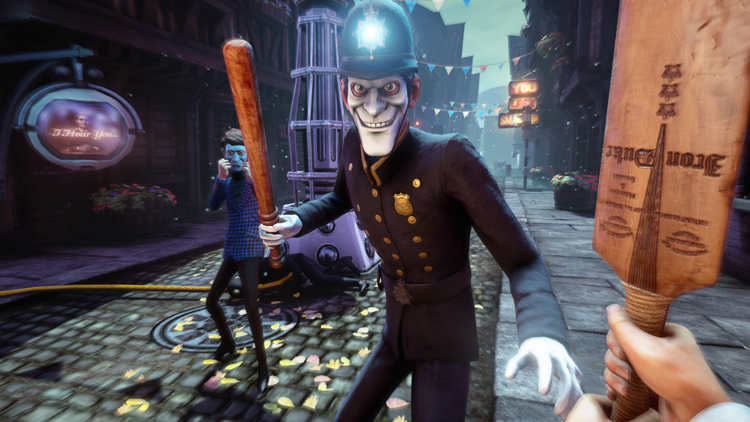
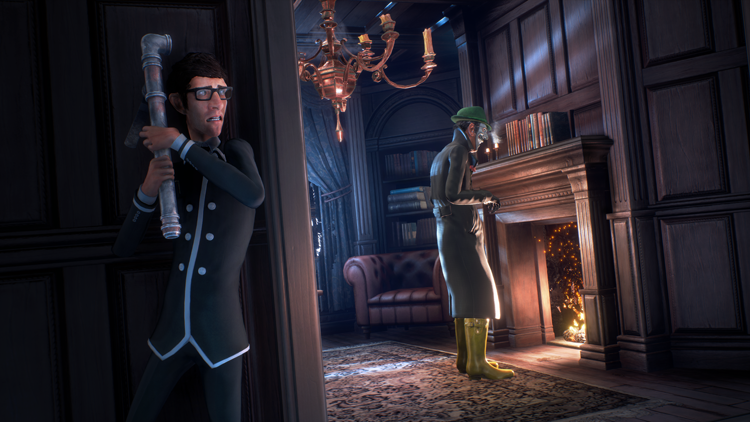
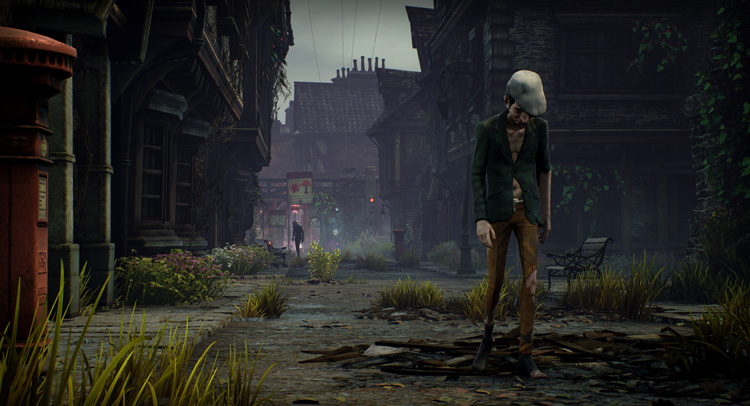
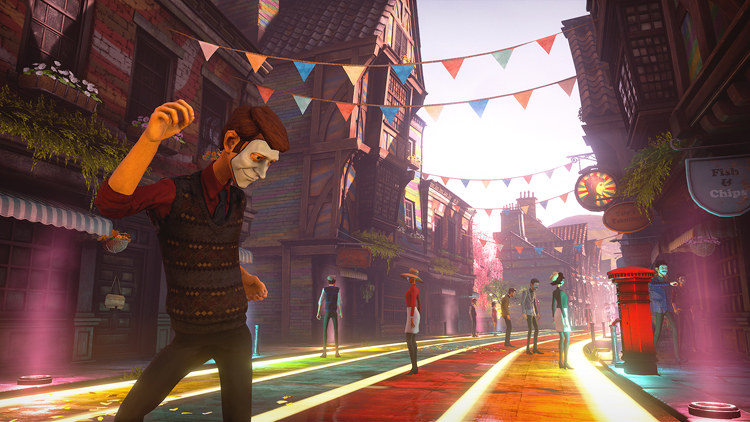
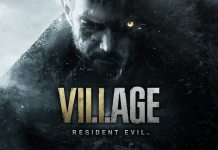
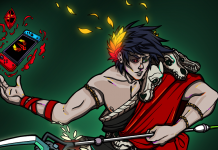



And when is Man in the High Castle going to get a dvd release? That’s Amazon holding onto its exclusive streaming format to the point of killing interest. I don’t like the trend.
Sorry to hear about the ultimately disappointing game.
Comments are closed.